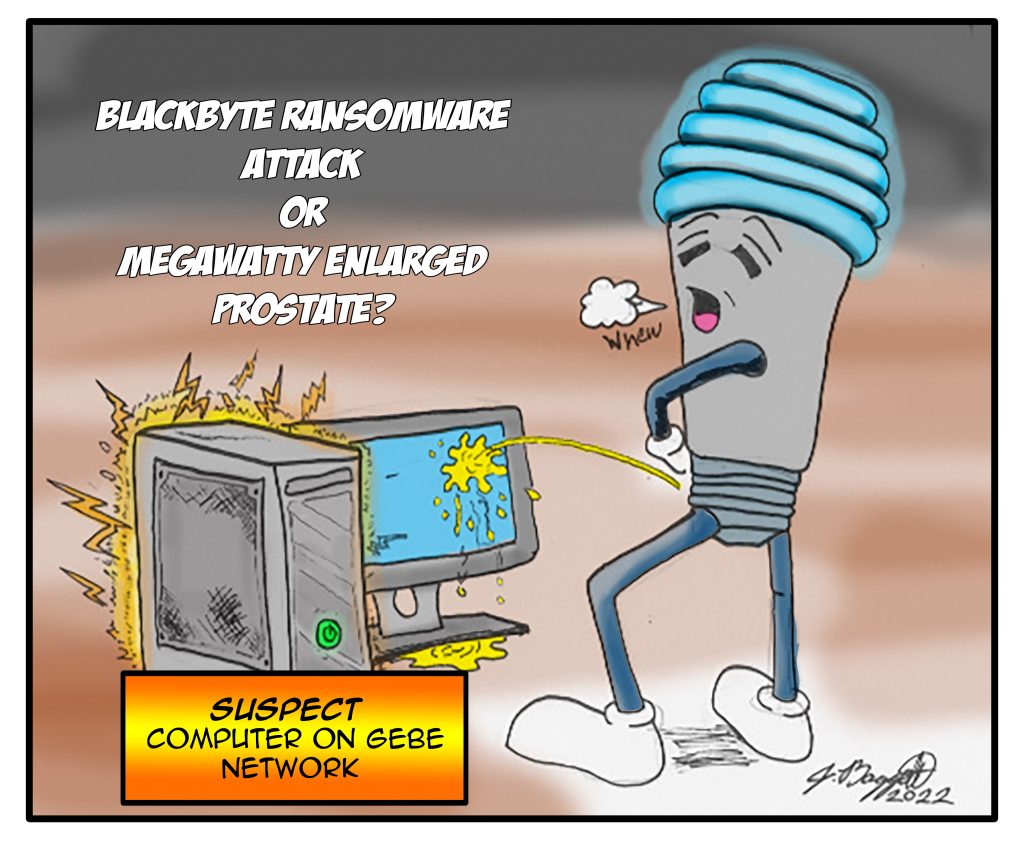Toxic organizations: GEBE is not alone

PHILIPSBURG — In November of last year, the Court in First Instance described the atmosphere at utilities company GEBE as toxic. The case revolved around the (failed) attempt to fire Sharine Daniel. “GEBE has devised a strategy to get rid of its employee and it shunned few methods. Normally, an employee whom this happens to would not even want to work for such an employer anymore,” the court ruling states.
Turns out that GEBE is not the only company in the world where labor conditions can be described as toxic. The Professional Association of Independent Researchers in the Netherlands published a research paper about the issue in August 2021 and its findings offer plenty of food for thought.
The research paper describes the characteristics of toxic leadership and offers a few examples for context. “Some toxic organizations like the SS are clearly wrong and dangerous and they promote systematic toxic behavior in their ranks.”
Obviously, not all present-day organizations operate like Adolf Hitler’s infamous paramilitary Schutzstaffel. “Other organizations are clearly unpleasant for employees and for citizens. Searching the internet on terms like culture of fear, abuse of power by local authorities and nepotism indicate that this is not exceptional in the Dutch context,” the researchers wrote.
They quote a survey by the largest Dutch labor union, FNV, that found that 15 percent of employees experiences inappropriate pressure at work.
Furthermore, the researchers point out that 1 percent of the population is psychopath and that half a percent is narcissistic. Four percent of leaders meet these two criteria.
In the St. Maarten context, assuming a population of 43,000, there could be 430 psychopaths among us and 215 narcissists if the conditions are similar to those in the Netherlands.
The criminal psychologist Robert Hare has confirmed the 1 percent the researchers have used for the prevalence of psychopaths. Hare also has asserted that their prevalence in the business world is higher – possibly 3 to 4 percent – than it is in the general population. He has identified media mogul Robert Maxwell as a corporate psychopath.
Whether there are corporate psychopaths at the helm at government-owned companies in St. Maarten is anybody’s guess. we simply do not know, but the research paper this article is mainly based on gives us a few pointers.
The researchers have identified what they call “the dirty dozen” – twelve characteristics that apply to corporate psychopaths.
They manipulate others to promote their own interests; they cheat and lie to promote their own interests in a dishonest way; they use flattery to serve their purposes; they exploit others for personal benefit; they do not show regret; they lack morality; they are hard and insensitive towards others; they are cynical; they crave admiration and they crave the attention of others; they have a need for prestige and status; and they expect special favors from others.
Toxic organizations offer no fertile ground for integrity: “A code that states that you have to act with integrity does not find a breeding ground in a toxic organization; it will at best be complied with strategically.”
The researchers present a harsh picture of toxic leaders: ‘A toxic leader can be characterized as focused on personal interests, maintaining and increasing power, fame and prestige. He knows no or little empathy or morality and is prepared to lie, intimidate and manipulate. The psychopath knows little fear. Other than the cases that quickly end up in prison, the corporate psychopath has the necessary self-control that enables him to keep his charm and charisma.”
In a toxic organization, the researchers found, mistakes are not acknowledged but swept under the carpet. Employees, clients and citizens are irrelevant. There is a significant risk of abuse of power through favoritism, corruption and fraud. These organizations highly value awards and publicity. The researchers define this as “morally bragging.”
The researchers arrive at a rather depressing conclusion. “Toxic individuals and toxic public and private organizations exist. We do not know yet how many there are, and which toxic processes are in play. A toxic leader cannot become an ethical leader and a toxic organization is incapable of changing without external intervention.”
The researchers, Caroline Raat and Joop Remmé, say that management-science ought to devote more attention to this issue – for private companies and for government-organizations.



























